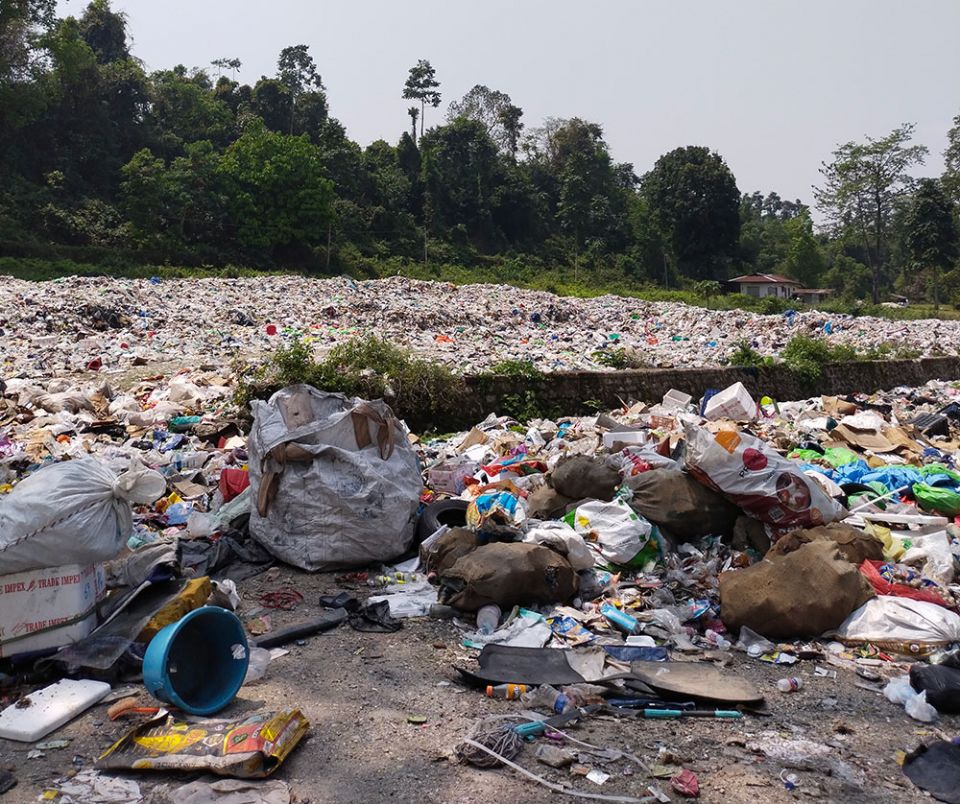
… An approach to reduce human-wildlife conflict
In an effort to tackle waste problems and human-wildlife conflicts (HWC), the growing social concerns in Samtse, the dzongkhag initiated zero waste mobile application, and vermicomposting to reduce bio-degradable waste.
This is waste-segregation at source initiative across all 15 gewogs to reduce the amount of waste going to the landfill.
The five-acre landfill at Khandothang is already more than 60 percent full.
Amongst the gewogs, the HWCs at Khandothang and Tashichhoeling are severe as they fall in the elephant-prone zone.
Moreover, the landfill at Khandothang has become a popular feeding ground for wild elephants that visit every day.
Farmers say the frequent crop-predation by wildlife is affecting their efforts and challenge their livelihood.
Farmers request the officials concerned to relocate the landfill.
There is no law or policy on compensation for the livestock killed and crops damaged, and the people living around the protected areas suffer economic loss.
A resident of Khandothang, Karma Wangzin, said that the landfill has become a feeding ground for a male tusker elephant.
“This is the second time my crops were destroyed this year. Over 120 betel nut trees have been damaged, yet there are no policies that compensate farmers,” she said.
Another resident from Majathang said that the salt contained in the waste disposed of at the landfill attracts elephants posing risks to the lives of nearby residents. “It has been over three years that we have been seeking gewog’s assistance on this elephant issues.”
Samtse’s Forest Officer, Tshering Gyeltshen said that the wildlife conflict increases as a result of conservation projects and protected areas making human-wildlife conflicts inevitable.
“The human-wildlife conflict has existed over the years and there is no definite solution that the forest division or the LG members can take,” he said.
“However, finding the balance between economic development and the conservation of biodiversity is challenging. The involvement of community members, LG leaders and forestry officials were seen as crucial,” he said.
There is a quick response team who reach out to the sight during emergencies. Despite the implementation of several strategies to address HWCs through conservation, the matter is only becoming worse.
Several mitigation methods including the establishment of proper electric fences and elephant tracking are proposed through the forestry department to manage the elephants.
There were over 60 complaints made related to elephants destroying the crops in the gewog this year. However, there were no official complaints filed at the gewog and forestry division on the loss and damages caused by the wildlife.
Khandothang Mangmi, Gopal Galey said that over the years, the gewog has seen an increasing number of HWCs with those living on the forest fringes, suffering more damage to livelihood, mostly due to frequent raids by a herd of elephants or a lone male tusker.
“As the landfill is in our gewog, our communities are at the risk of wildlife damaging crops, livestock, and even human lives,” he said, adding that the issue has become a major challenge to their farming and production with a lesser number of farmers interested in farming.
BM Tamang, a scrap dealer at Khandothang said that his team is working on reducing the waste at the landfill under dzongkhag’s initiative. “It takes us a week to segregate the scraps: PET bottles; cartons and papers; glasses; and metal items.”
He said, “The waste from the municipality and the dzongkhag is a feeding ground for elephants every day. As we chase from the landfill, the lone male tusker enters the villages nearby posing risk to the residents.”












